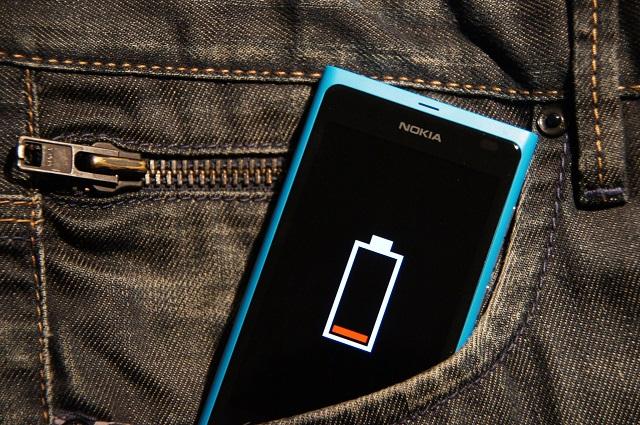There’s one number that every conventional submarine commanding officer calculates day and night: the percentage of the Main Storage Battery (MSB) that remains. Let me bring a submarine operator’s perspective to the points made recently by Andrew Davies and Geoff Slocombe.
Dived endurance, the ability to remain submerged without having to expose the submarine by recharging the battery, is a critical (I would say life or death) characteristic of submarines, particularly to meet Australia’s requirements to operate in areas where the sea and air space isn’t under our control. It improves tactical mobility, effectiveness, flexibility and survivability in both transit and patrol area operations.
A dived submarine requires energy to cover propulsion and the ‘hotel load’ (e.g. air purification, cooking, lights, cooling, combat system). At slow speed (below 5 knots) the hotel load predominates energy consumption, hence a great deal of design effort goes into reducing it.
The full-to-empty performance given for a lead acid MSB is misleading., The reality is that the charging rate must be reduced progressively as the MSB passes 80%—at this point the exposure by snorting simply doesn’t justify the slow gain in battery charge. Hence, the lead acid MSB will never be fully charged when the need arises; 70% is more realistic. Once the MSB charge drops to around 20%, conserving/re-charging it as soon as possible becomes the priority. So realistically the submarine will then have about 50% of its lead acid MSB capacity available for tactical use.
Compared to a lead acid MSB, a lithium-ion MSB offers a range of benefits, including:
- A useful endurance improvement at low discharge rates (ie low speeds), and a significant improvement, depending on the lithium battery chemistry used, at high discharge rates (high speeds);
- No hydrogen emissions;
- Higher charging rates throughout its range until almost full, providing a greater practical range, say 75%;
- Significant weight reduction for individual cells;
- Less battery maintenance; and,
- Significant advantages during a snort transit, where the battery will be successively charged and discharged at high rates.
This last point is particularly relevant for Australia. Long snort transits in or through tropical waters are a particular feature of Australia’s requirement, differentiating it from the environments in Europe or the North Pacific. Both types of MSB need to be cooled to avoid high battery temperatures—that’s a significant engineering issue in tropical waters. High temperatures quickly reduce the life of a lithium battery, and can cause explosions and thermal runaway, even after breaking the charge. That must be avoided by selection of the correct chemistry in the battery and its control arrangements; the design must eliminate the risk of such a catastrophic failure.
CEP designers, Australian industry specialists and the Defence Science & Technology Group are currently conducting R&D into lithium MSBs. Energy density in lithium batteries depends on the chemistry selected by the battery designer. There are many options and new ones are continually sought.
The lithium battery materials, battery design and control circuits must be chosen to avoid any chance of a thermal runaway leading to an uncontrollable fire. That particular problem achieved notoriety after fires in the Boeing 787 Dreamliner aircraft, the US Navy’s mini submarine, the Advanced Swimmer Delivery System vehicle, and some laptops, (recalls were issued most recently as February this year). Boeing, the US Navy and Sony are hardly novices in safety management, which serves to demonstrate the complexity of this issue.
We should proceed cautiously; experienced users continue to be taken by surprise by lithium battery failures/fires. Sensible risk management also requires designing in the ability to manage the low probability but catastrophic event of a fire in the submarine’s MSB—its main energy source!
It seems highly likely that lithium ion MSBs are the future for Australia’s next submarine fleet, but only once R&D has delivered a well-tested, safe design for submarine applications.
In a second piece, I’ll examine the possible role of Air Independent Propulsion in increasing dived endurance for Australia’s FSM.
